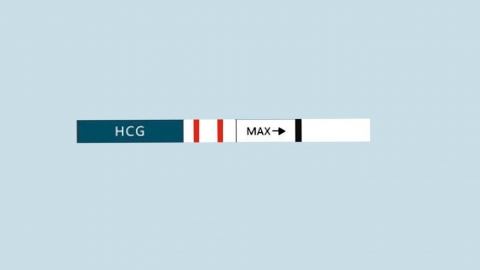One line indicates how long ovulation has occurred
Generally, a single line shown on an ovulation test strip cannot directly indicate how long ovulation has occurred. This result may mean that the ovulation period has not yet arrived, has already passed, or that no ovulation has occurred. The interpretation should be based on the testing time and menstrual cycle. Detailed analysis is as follows:

Ovulation test strips detect the luteinizing hormone (LH) surge in urine to predict ovulation. When the LH surge occurs, two lines appear on the test strip, indicating that ovulation will likely occur within 24–48 hours. If only one line appears during testing: if it is in the first half of the menstrual cycle, this suggests that LH levels have not yet risen, meaning ovulation has not started; if it is more than one week after expected ovulation, it indicates that LH has returned to baseline levels, suggesting that ovulation likely occurred over seven days ago; if only one line appears throughout the entire cycle, it may indicate anovulation (no ovulation). It is recommended to start testing around day 10 of the menstrual cycle, at the same time each day, and to perform continuous monitoring to better capture the LH surge.
To accurately determine ovulation timing, consider combining ovulation test results with basal body temperature tracking and observation of cervical mucus changes. In daily life, maintaining regular sleep patterns helps stabilize the menstrual cycle, making ovulation timing easier to predict.






